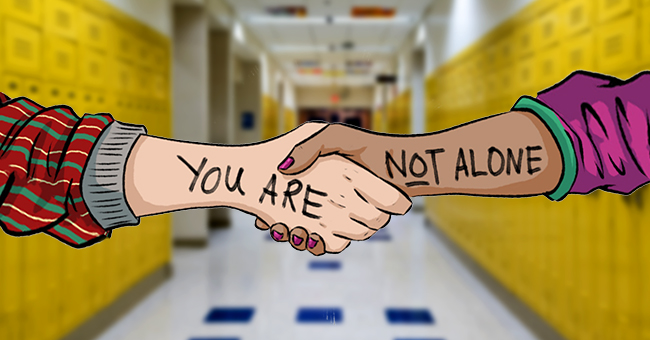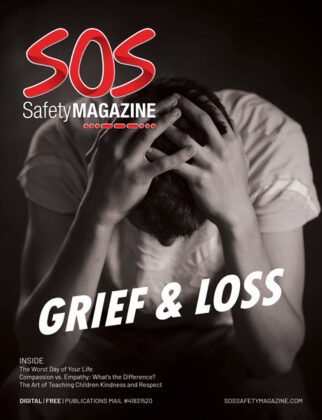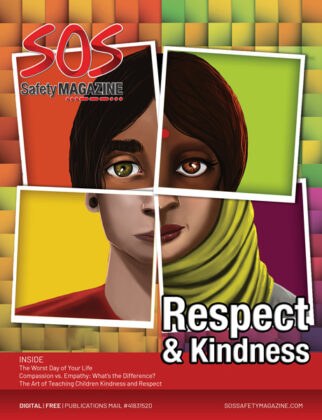ARTICLES, WHAT IS BULLYING? HOW TO STOP KIDS BULLYING NOW
Bullying is Taking the Lives of Our Loved Ones


Bullying is no longer just a part of ‘kids being kids’. Bullying in today’s society is causing serious harm, and sometimes, irreversible damages. Today, thanks to our multi-media resources, we have an abyss of weaponry available to harm another. This is as dangerous as a 12-year-old driving a car or flying a plane.
Research validates that we can no longer deny the link between bullying and suicide. Sadly, terms like “Bullicide and Cyberbullicide” are becoming the norm in our children’s’ world. The solution is knowledge. When we know better, we do better.
Here are some surprising statistics:
- Targets of bullying are 2 – 9 times at a higher risk of considering suicide (studies by Yale University).
- In a study of 2000 students from a popular USA school, 20% reported seriously thinking and/or attempting suicide. All forms of bullying were associated with increasing these statistics. Those cyberbullied were twice as likely to attempt suicide. (Hinduja,Patchin, 2010)
- Half of the suicides among young people are related to bullying (study in Britain)
- 10 – 14-year-old girls may be at an even higher risk for suicide (study in Britain)
- 30% of students are either acting out with bullying behaviours, or they are the targets of bullying (ABC News)
- Over 160,000 kids stay home from school for fear of bullying (ABC News)
Consider what these numbers would look like if everyone reported! Peer harassment contributes to depression, decreased self-worth, hopelessness, and loneliness – all of which are precursors to suicidal thoughts and behaviours. (Hinduja, Patchin 2010)
Adults and Children Need to Learn the Warning Signs
- Though teens will go through many changes, watch for withdrawal from social activities (family and friends), isolation, increased anxiety, headaches, stomach aches, a loss of interest, change in appetite, increased emotional outbursts and/or agitation.
- The child begins to ask questions or showing an interest in death or dying.
- Engaging in high-risk behaviours, substance abuse, self-harm (cutting), or other harmful activities.
- Giving personal items away, making statements that seem like a goodbye.
We must take this issue more seriously! All adults have a responsibility to report and address concerns related to bullying.
Parents please become knowledgeable about your child’s school’s anti-bullying policy, methods of addressing ‘every’ bullying incident, and become involved. No matter how innocent a case may be, we must not take passive action when addressing this abuse. Advocate for your child until your child feels safe again. Parents need to increase their knowledge about bullying. Read books, take a course, and ask questions. Your parenting skills, role modelling, and mentoring is essential to your child, and your child’s school staff. If your child is a target or a bully, your decisions and actions need to contribute to solutions.
For parents of a child who is acting out with bullying behaviours, it seems the hardest part for a parent is admitting something is wrong. We have seen some parents arguing and/or intimidating the targets parents and/or school staff, into directing the blame elsewhere. The problem of your child bullying will only grow and hurt your child (and many others) in the future. Consider the best interest of your child’s future. Bullying behaviours are an indication that something is not going well in your child’s life. For example, it may be a medical or psychological issue. There are answers and solutions.
All family members and professionals can improve their knowledge and skills in this area. Be present, aware, listen, learn, involve all family members, friends, and community, and ask for help/support. Empower yourself and you can empower your child.
School Officials
It is time for all schools to make bullying a high priority. Begin with simultaneously training staff, parents, building awareness, and the development of current and efficient policies. There must be consistent follow-through and accountability for schools and parents. Be sure to use qualified experts for policy and program development and ongoing consultations. We are defeating the purpose when we do not involve anti-bullying expertise. Bullying is complex and there is no such thing as a one size fits all explanation or solution. Only a trained expert can address the four areas necessary to resolve these high-risk factors causing thoughts and completions of suicide:
- Education/Awareness
- Prevention Strategies
- Intervention Techniques
- Reconciliation/Recovery Options
Linda R. Crockett, founder of Alberta Bullying Research, Resources, and Recovery Centre Edmonton, Alberta







